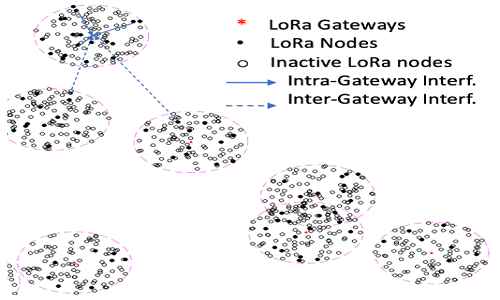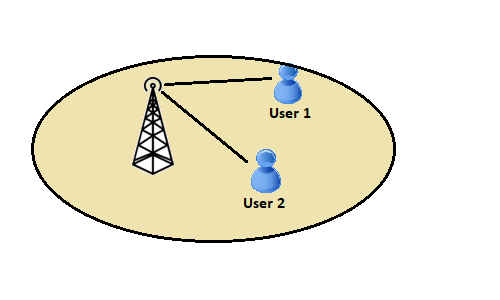Optimising Wireless Networks
Core to wireless sensor-based systems research is the networks. Since our foundation in 2002, AESE has been exploring the behaviours of RF communications and designing protocols to match qualities of service to WSN lifetimes and reliability constraints. Wireless communication underpins all the work we do in all our research themes however what is common is the mixing of novel theoretical modelling to scope potential optimisations of energy use, delay and capacity with practical builds demonstrating it working. Examples include Mesh and multi-hop networking in our early days, through to backpressure routing used for Opportunistic networking and to enable network infrastructure sharing more recently. Much of our current work focus’ on low-powered wide-area networking (including LoRa and NB-IoT) where we have been examining how to maximise resources using NOMA, Clustered LoRa, the impact of and protocol design resulting from LoRa Non-orthogonality, as well as support for event-triggered control systems. We are also studying now to use ubiquitous networks (such as Wi-Fi or TV Whitespace) as ambient energy sources and how this impacts communications protocols.



